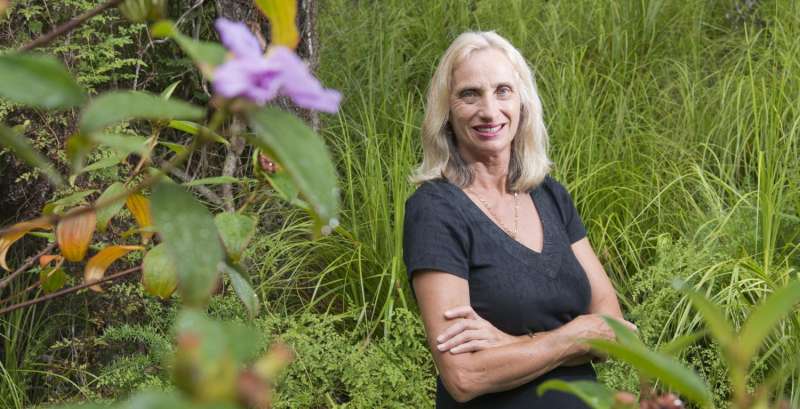Paperbark tree to unlock climate change

Synonymous with the Australian landscape, the paperbark tree is most recognised for its distinctive bark, but it is the leaves that have found themselves at the centre of research which could provide crucial insights into climate change.
The research, completed by a consortium of researchers including Griffith University School of Engineering Professor Margaret Greenway, found Melaleuca leaves preserved in ancient wetlands could be used to reconstruct past rainfall activity.
The field study was conducted in Melaleuca wetlands in south-east Queensland, including the Carbrook Wetlands.
Professor Greenway, whose research interests are the ecological and hydrological processes of Melaleuca wetlands, said the findings were significant because of the potential they offered to tell the story of tropical and subtropical rainfall history.
She said obtaining that data was crucial if climate change was going to be properly understood.
Prof Greenway said researchers captured a huge data bank of material as part of the study, which monitored rainfall, fluctuations in water levels and water quality, as well as the seasonal patterns of leaf production in wetlands.
Each month over 11 years Professor Greenway collected plant components in litter traps placed below paperbark trees.
Other researchers in the team then analysed the leaves for carbon isotope discrimination to understand the degree of moisture stress experienced by the plants.
In doing so the researchers found the relationship between leaf carbon isotope ratios and rainfall can be used as a proxy to infer changes in climate.
The research findings are published in Global Change Biology journal in the article 'Quantifying past sub-tropical rainfall using leaf from the common paperbark tree, Melaleuca quinquenervia'.
More information: John Tibby et al. Carbon isotope discrimination in leaves of the broad-leaved paperbark tree,, as a tool for quantifying past tropical and subtropical rainfall, Global Change Biology (2016). DOI: 10.1111/gcb.13277
Journal information: Global Change Biology
Provided by Griffith University



















